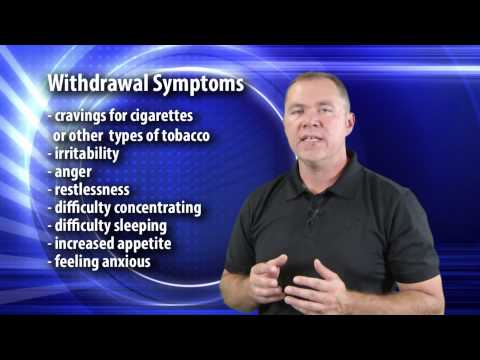You Can Quit – Dealing with Nicotine Withdrawal Symptoms
Quitting smoking is one of the most challenging yet rewarding things you can do for your health. However, the journey to a smoke-free life involves navigating the rocky terrain of nicotine withdrawal. Understanding and managing these symptoms effectively can increase your chances of success and make the process more bearable.
Nicotine addiction affects both the brain and body, making the cessation process multifaceted. When you stop smoking, your body reacts to the absence of nicotine – a powerful neurostimulant – leading to various physical and psychological symptoms. Here’s what you might experience and how you can cope:
1. **Cravings for Nicotine**: One of the most persistent symptoms of withdrawal is the craving for nicotine. These cravings can be intense and frequent in the early days.
*Coping Strategy*: Distract yourself with activities like walking, reading, or engaging in a hobby. Use nicotine replacement therapies (NRTs) such as gums, patches, or lozenges if recommended by a healthcare provider.
2. **Mood Swings**: It’s common to feel irritable, anxious, or even depressed after quitting smoking.
*Coping Strategy*: Regular exercise can boost your mood. Also, practices like meditation or deep-breathing exercises can help stabilize your emotions.
3. **Increased Appetite**: Nicotine suppresses appetite, so when you quit, you might feel hungrier than usual.
*Coping Strategy*: Eat balanced meals and snack on healthy foods like fruits, vegetables, and whole grains instead of reaching for sugary or fatty snacks.
4. **Trouble Sleeping**: Some people experience changes in their sleep patterns, such as difficulty falling asleep or staying asleep.
*Coping Strategy*: Establish a calming bedtime routine and avoid caffeine close to bedtime. Ensure your bedroom is comfortable and conducive to sleeping.
5. **Difficulty Concentrating**: The absence of nicotine might affect your cognitive functions temporarily causing difficulty with concentration.
*Coping Strategy*: Break tasks into smaller steps and take breaks when needed. Don’t push yourself too hard; allow some time for your body to adjust.
6. **Physical Symptoms**: Some may experience headaches, dizziness, or even flu-like symptoms as part of withdrawal.
*Coping Strategy*: Stay hydrated and consider over-the-counter pain relievers if necessary after consulting with a healthcare professional.
Support is crucial during this time not only from friends family members but also possibly from support groups or professionals who specialize in helping people quit smoking Utilize resources available through local community centers healthcare providers or online support systems which can provide encouragement motivation through shared experiences
Lastly remember each day without nicotine is a step towards healthier living Your body begins to heal almost immediately after you stop smoking with noticeable benefits such as improved lung function lower blood pressure within just weeks Embrace each challenge as an opportunity for growth And even if there are setbacks keep pushing forward relapse does not mean failure it s just another chance to try again
Quitting smoking comes with its ups downs but overcoming nicotine withdrawal is entirely possible with preparation perseverance Remember your health is worth every effort


